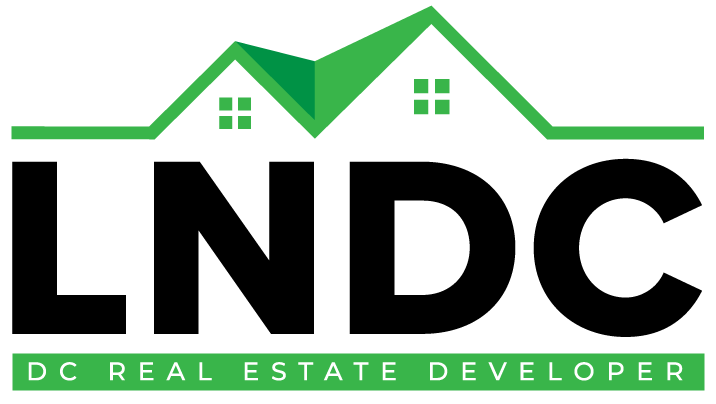What to Look for When Acquiring Land for Development
Acquiring land for development is a crucial step in any real estate project. Whether you’re planning to build residential homes, commercial properties, or mixed-use developments, the land you choose can make or break your project. But what exactly should you look for when acquiring land for development? Let’s break it down into manageable bites, so you can make an informed decision and set your project up for success.
Location: The Golden Rule of Real Estate
The old saying, “location, location, location,” holds true for a reason. The value of land is closely tied to where it’s situated, and choosing the right spot is essential for both the success of your development and the potential return on investment.
When evaluating location, consider the following factors:
- Proximity to essential services: How close is the land to schools, hospitals, shopping centers, and public transportation?
- Future growth potential: Is the area expected to develop further, attracting more residents or businesses?
- Access to utilities: Check if the land has access to water, electricity, and sewage systems. Developing land without these can be extremely costly.
- Neighborhood trends: Pay attention to surrounding properties. Are they well-maintained, or does the area look neglected? This will impact the overall appeal and value of your development.
In summary, when you acquire land, ensure that the location aligns with your development goals. You can explore LNDC’s upcoming properties to see promising locations in developing areas.
Zoning and Land Use Regulations: Know Before You Buy
Before purchasing any land, it’s vital to understand the zoning laws and land use regulations that apply to the area. These rules dictate what you can and cannot build on the land, so failing to check could lead to costly mistakes down the road.
Key aspects to consider:
- Zoning classifications: Check whether the land is zoned for residential, commercial, industrial, or mixed-use purposes. Make sure your intended project fits within the allowed use.
- Building restrictions: Some areas have height restrictions, setback requirements, or limitations on the number of structures you can build.
- Environmental regulations: Depending on the location, there may be rules to protect wetlands, endangered species, or flood zones that impact your development plans.
Doing your due diligence on zoning regulations ensures that your project is feasible and compliant with local laws. If you’re unsure where to start, consulting a local expert or browsing through LNDC’s on-market properties can give you an idea of how these regulations might apply in specific areas.
Topography and Soil Quality: The Foundation of Your Project
One often overlooked factor when acquiring land is the topography and soil quality. These elements directly affect the cost and complexity of your construction project.
Here’s what to look out for:
- Flat or sloped land: While flat land is ideal for most types of development, sloped land can present challenges that require additional engineering and costs. You may need to account for drainage, erosion control, or even retaining walls.
- Soil condition: The quality of the soil can impact the foundation of your buildings. Some types of soil, such as clay or sand, might require additional stabilization efforts, which can drive up costs.
- Flood risk: Check whether the land is in a flood zone. Building on flood-prone land can lead to complications and higher insurance premiums.
By understanding the land’s physical characteristics, you’ll avoid unexpected issues that could derail your project. For more tips on properties that are suitable for development, check out the LNDC homepage.
Infrastructure and Accessibility: It’s All About Convenience
When acquiring land for development, it’s important to assess the existing infrastructure and how easily the land can be accessed. After all, no one wants to live or work in a hard-to-reach place.
Consider these questions:
- Road access: Are there existing roads that connect the land to major highways or urban centers?
- Utilities: Does the land have access to water, electricity, gas, and sewage systems? If not, what are the costs involved in extending these utilities to the site?
- Public transportation: If your development is aimed at residential buyers, proximity to public transportation could be a key selling point.
Good infrastructure not only benefits future residents or businesses but also makes your development more attractive to potential buyers. Curious about available properties with easy access to infrastructure? Explore LNDC’s properties on the market for more options.
Conclusion: Take Your Time and Choose Wisely
Acquiring land for development is no small feat, but with careful consideration of location, zoning, topography, and infrastructure, you can avoid pitfalls and set the stage for a successful project. Don’t rush the process—each piece of land comes with its own set of challenges and opportunities.
If you’re ready to take the next step and need expert guidance, get in touch with LNDC today! Our team can help you find the perfect plot for your project, and we’ll be with you every step of the way.


